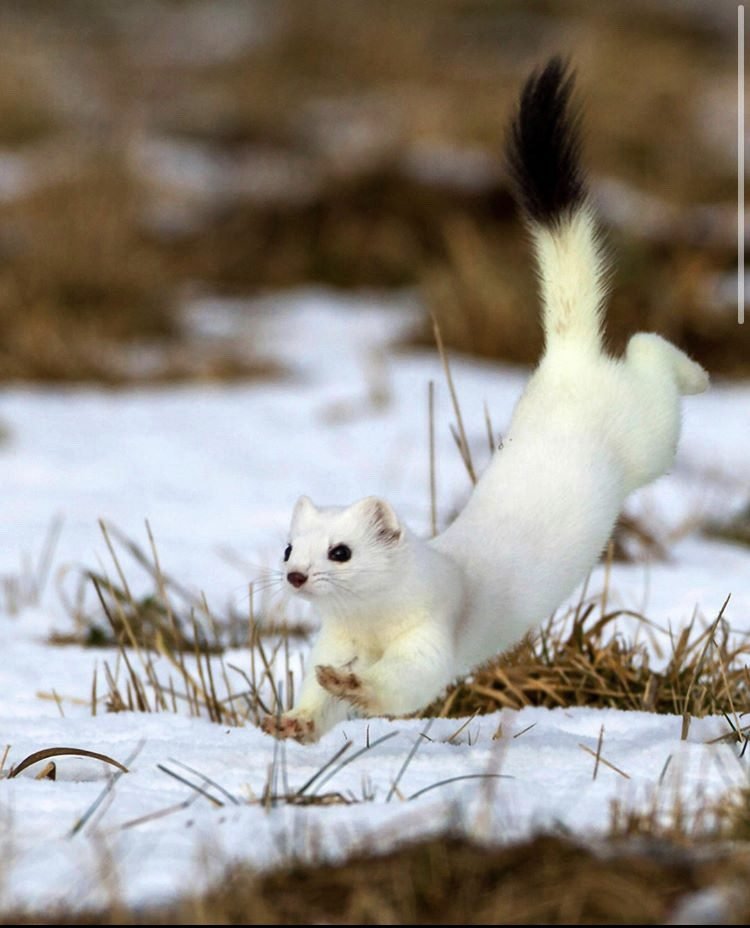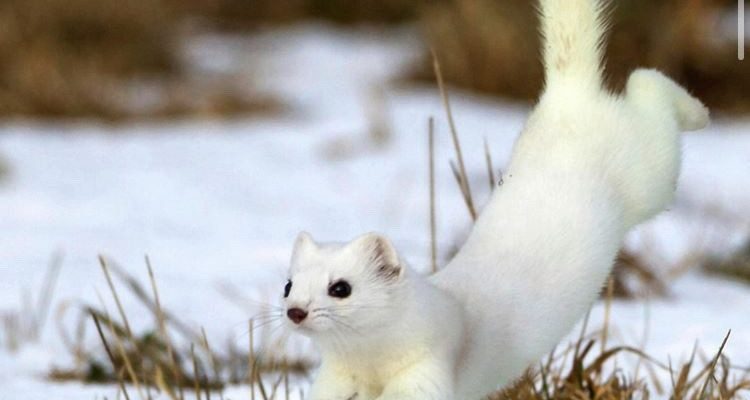
Stoats, with their sleek bodies and playful antics, are known for more than just their cute appearance. They can adapt to various environments, showing off some pretty impressive cognitive abilities. If you’re curious about what exactly goes on in a stoat’s mind, you’re in the right place. Let’s dive into the fascinating world of stoat intelligence and behavior.
Understanding the Stoat: A Quick Overview
Stoats, also called short-tailed weasels, belong to the mustelid family, which includes ferrets, otters, and badgers. Their scientific name is *Mustela erminea*, and they’re found across Europe, Asia, and North America. These small carnivores are known for their distinctive winter coat, which turns white—perfect for blending into snowy landscapes.
Here’s some fun trivia: stoats are about the size of a housecat, but they’re built for speed and agility. They can dash across the ground at impressive speeds, making them skilled hunters. But what’s really fascinating is how they use their intellect in the wild. You might be wondering how their brains work—let’s take a closer look.
How Smart Are Stoats? Measuring Intelligence
When we talk about animal intelligence, it isn’t always about having a bigger brain. In fact, stoats exhibit different kinds of cleverness. Their intelligence is often observed in their ability to solve problems, hunt effectively, and adapt to their surroundings.
For example, stoats are known to use different hunting strategies based on their prey. They can stalk, pounce, and even lure animals by pretending to be defenseless. This level of strategizing shows a remarkable understanding of cause and effect. They assess the situation and make decisions accordingly, proving they’re not just instinct-driven but also capable of critical thinking.
Interestingly, researchers have used behavioral tests to gauge stoat intelligence. These tests often involve puzzles or food retrieval challenges. Stoats demonstrate not only persistence but also creativity when trying to figure these out. This problem-solving ability hints at a more complex cognitive capacity than many might expect.
The Role of Social Behavior in Stoats’ Intelligence
You might think of stoats as solitary creatures, and while they do spend a lot of time alone hunting, they also engage in social interactions. During mating season, males and females communicate with each other using various vocalizations and scent markings. This social aspect is crucial for their survival, as understanding the dynamics within their environment can affect their ability to hunt and reproduce.
Stoats often live in territories that they defend from others. Their ability to navigate social hierarchies and assert dominance through clever tactics shows another layer of intelligence. Imagine a tiny warrior, knowing just when to strike and when to retreat—that’s the life of a stoat!
Playful Behavior: A Sign of Intelligence
Ever seen a kitten or puppy playing? It’s adorable, right? Well, stoats also engage in playful behavior, which is often a sign of cognitive growth. Young stoats will wrestle, chase each other, and practice their hunting skills through play. This behavior is not just for fun; it helps them develop physical skills and refine their hunting techniques.
Playtime is crucial for young animals. It prepares them for survival, teaching them how to interact with their environment and other creatures. If you chance upon a group of stoats, you might find them tumbling over each other or chasing their tails—it’s all in the name of learning and developing their instincts.
Adaptability: The Stoat’s Secret Weapon
Stoats are champions of adaptability. They can thrive in various environments, from woodlands to open fields. This adaptability is closely tied to their intelligence. They can change their behavior based on seasonal shifts, hunting different prey as food availability changes.
For instance, in the winter, their white coats not only provide camouflage but also allow them to blend seamlessly into their snowy surroundings. This clever adaptation showcases their ability to make the best of their environment. Here’s the thing: the more adaptable an animal is, the better its chances of survival—and stoats know just how to roll with the punches.
Learning and Memory in Stoats
Like many other intelligent animals, stoats have demonstrated impressive learning and memory skills. They can remember locations of the best hunting grounds and avoid areas where they’ve encountered danger. This ability to learn from experience is essential for any animal’s survival.
One study even observed stoats using a mental map to navigate their territory. It’s like they have a GPS system installed in their tiny brains! They commit their surroundings to memory and can also distinguish between friends and foes, which helps them avoid potential threats.
Stoats in the Ecosystem: The Big Picture
Stoats play a crucial role in their ecosystems. As predators, they help control populations of small mammals like rabbits and rodents. Their presence indicates a healthy environment, and they contribute to the balance of species in their habitats.
Understanding the intelligence and behaviors of stoats gives us insight into their contributions to biodiversity. By observing their hunting techniques and social interactions, we can learn a lot about the complexities of nature and the interconnectedness of various species.
So, how smart is a stoat? Pretty darn smart! From their problem-solving skills and adaptive behaviors to their playful antics and social interactions, stoats embody a fascinating blend of intelligence in the animal kingdom. They remind us that even the smallest creatures can have big brains and play crucial roles in their ecosystems.
Next time you spot a stoat or read about them, remember the cleverness behind those little faces. They’re not just cute animals; they’re complex beings with a lot to teach us about intelligence and survival. If you ever find yourself wandering through their habitat, take a moment to appreciate the quick-thinking, adaptive, and playful spirit of the stoat—it might just surprise you!

